It takes just a short hour on a group call with employees at Mini Oxford for us to get a very strong sense of just how unique the Mini brand remains, even though it’s part of a huge corporate company in the BMW Group.
Talking to people who have been part of the reinvention of the brand over more than 20 years, it’s a surprise to hear tales of experimentation, can-do engineering and production and a remarkable freedom to find its own way.
For the first 14 years of its second life, Mini was a kind of boutique operation, making a lot out of not very much, with engineering work executed by outside contractors and the design team based in a small studio in Munich.
As veteran Mini public relations boss Andreas Lampka tells me, the Mini should “never be comparable [to other cars on the market]; we’re happy to be in a niche”. It’s a niche that Lampka insists remains healthily profitable, thanks to strong residual values and customers happy to wait for custom-specification cars from the factory.
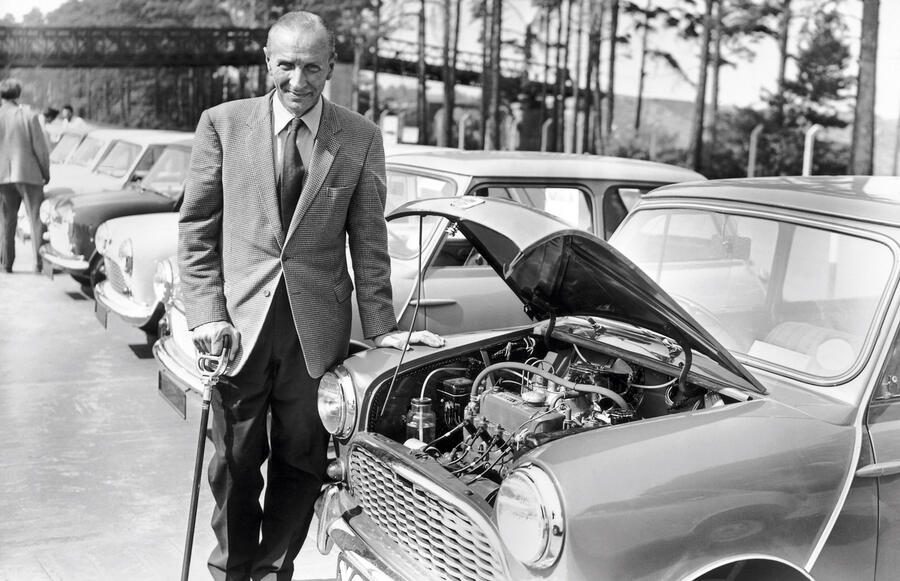
By some margin, the veteran of the roundtable assembled by Mini Oxford is Mick Fisher, the longest-serving employee at the factory. He started his apprenticeship at Longbridge in 1967, around the time of the disastrous creation of British Leyland. Indeed, when he joined Austin, the original Mini was just eight years old.
After working on the installation of the Mini Metro at Longbridge, Fisher moved to Oxford to work on the installation of the Austin Maestro and Montego production lines ahead of those cars’ 1982 and 1984 launches – and he’s still there.
The roots of the new Mini project go quite some way back. Twenty-seven years back, in fact, when a small, conservative car maker from Germany bought the Rover Group from British Aerospace (BAe). The automotive world was aghast.
Rumour was that BMW really wanted to buy Land Rover (it was supplying a diesel engine for the upcoming Range Rover 2). BAe insisted that they take the lot. BMW was bent on expansion into new markets, including about-to-bloom SUVs and city cars, but it wasn’t sure the BMW badge was the way it could do so. Buying the Rover Group and its historic brands must have seemed like a remarkable opportunity.
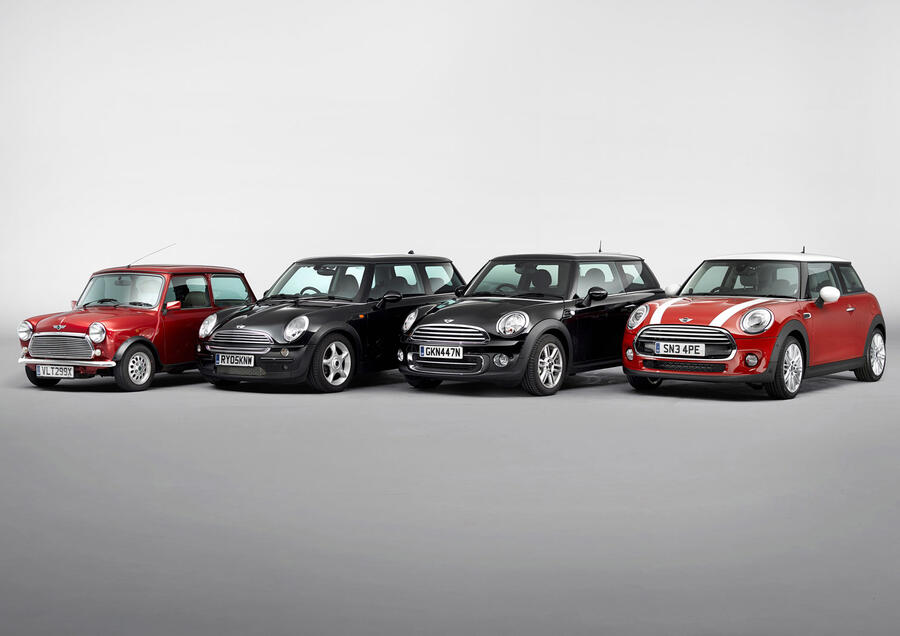

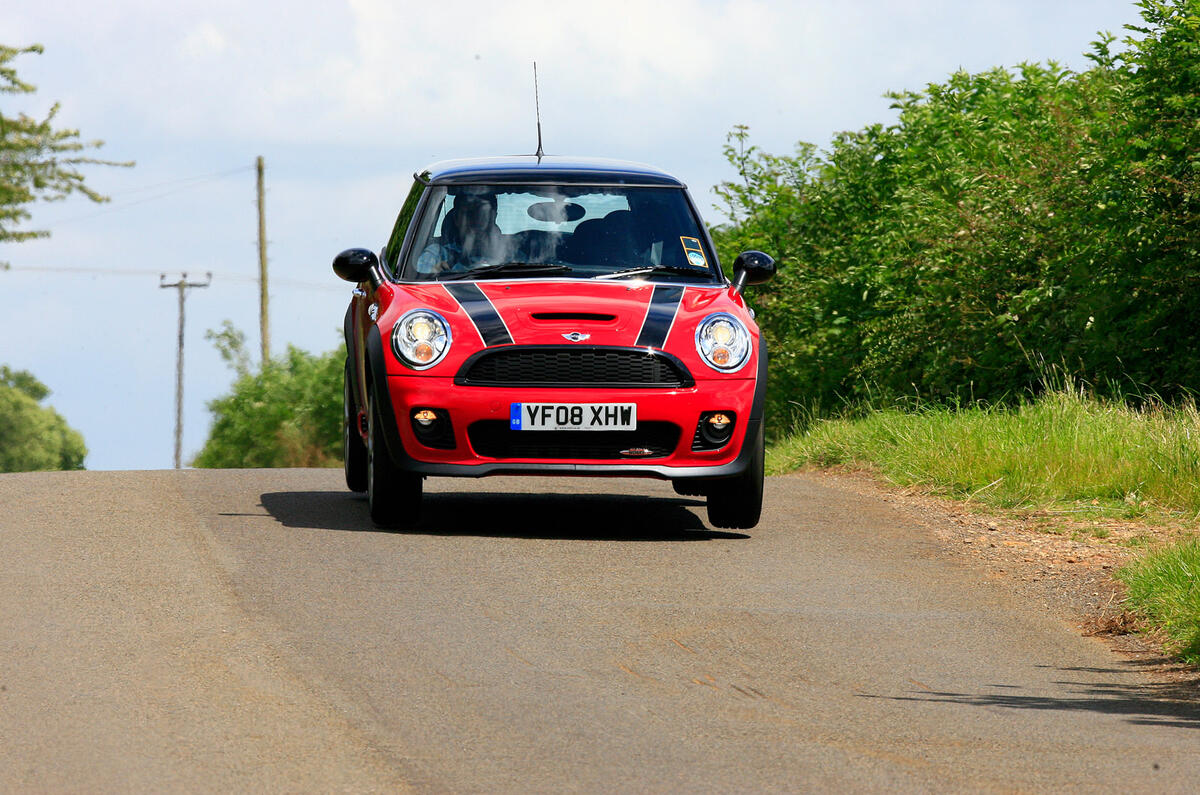

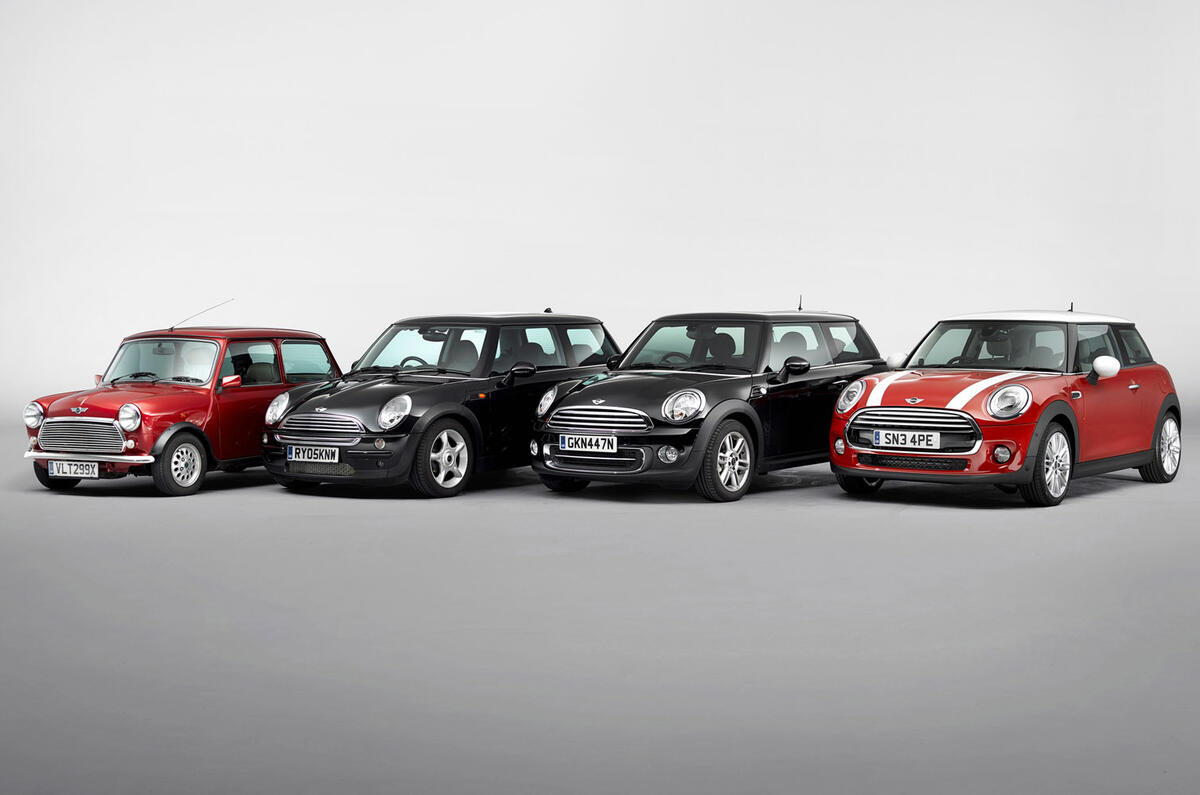
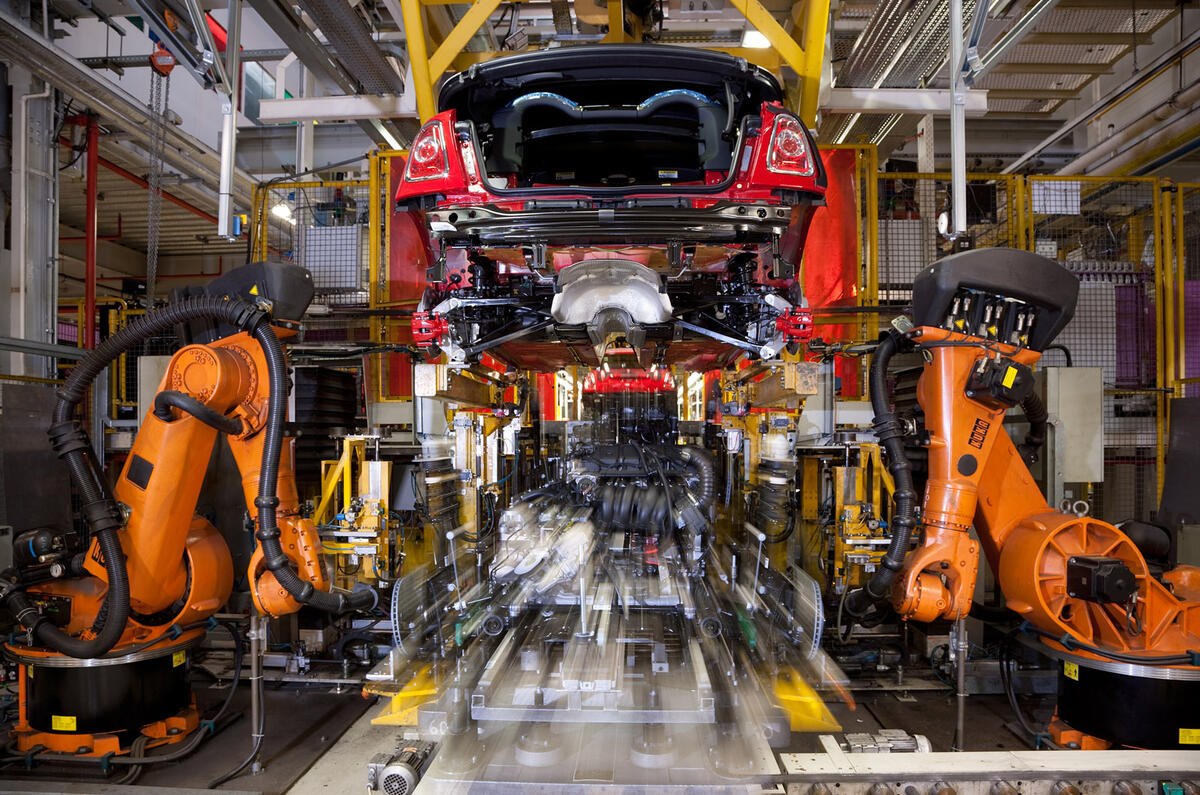

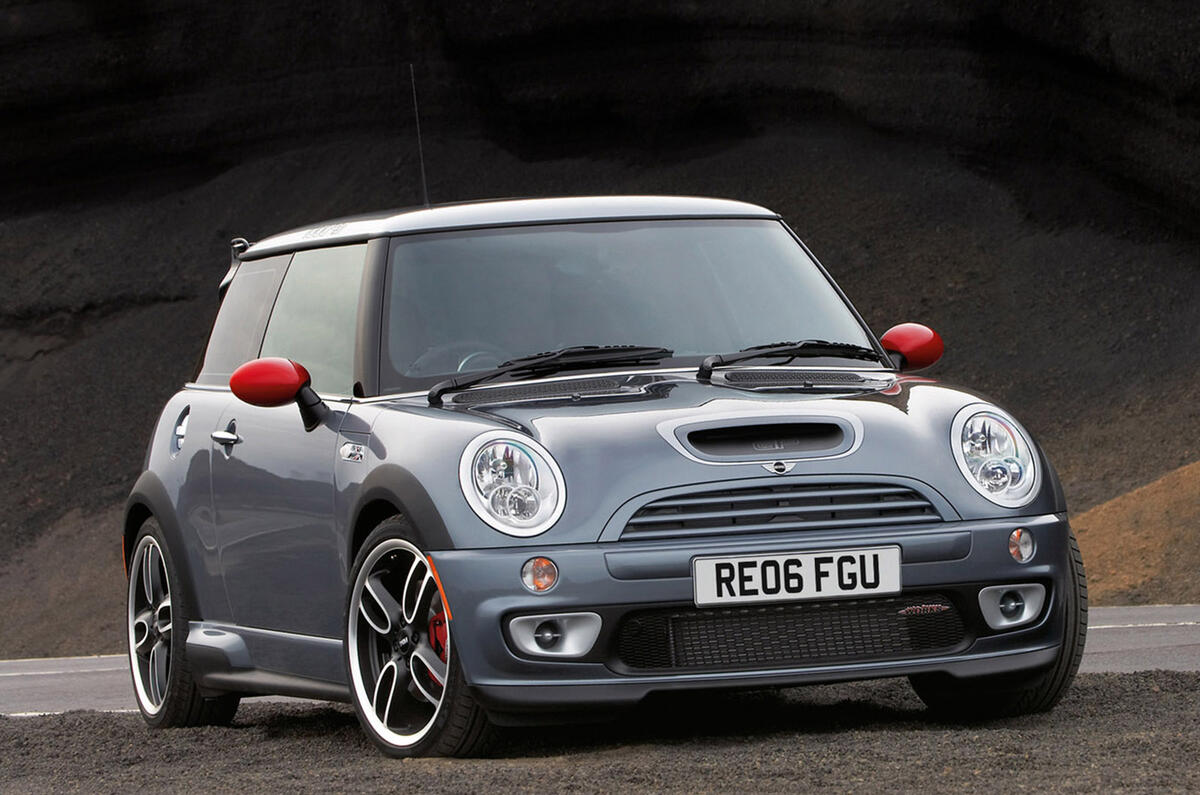

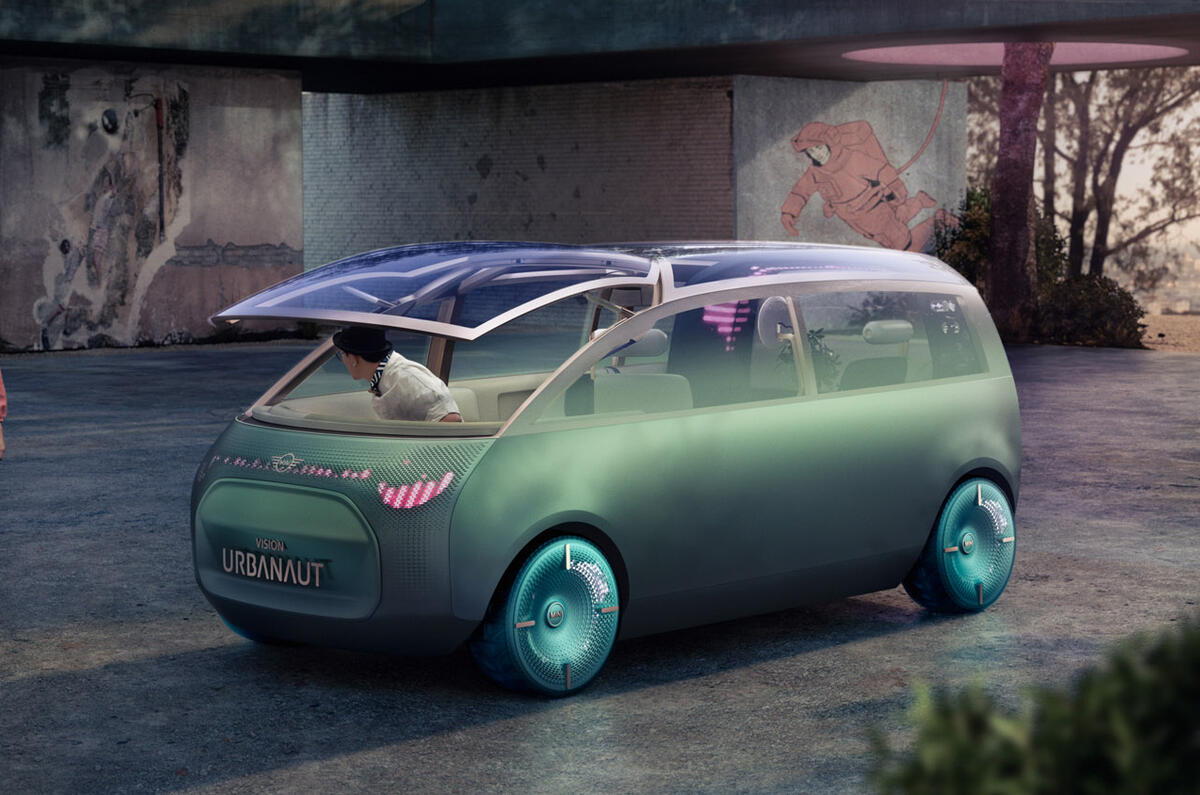
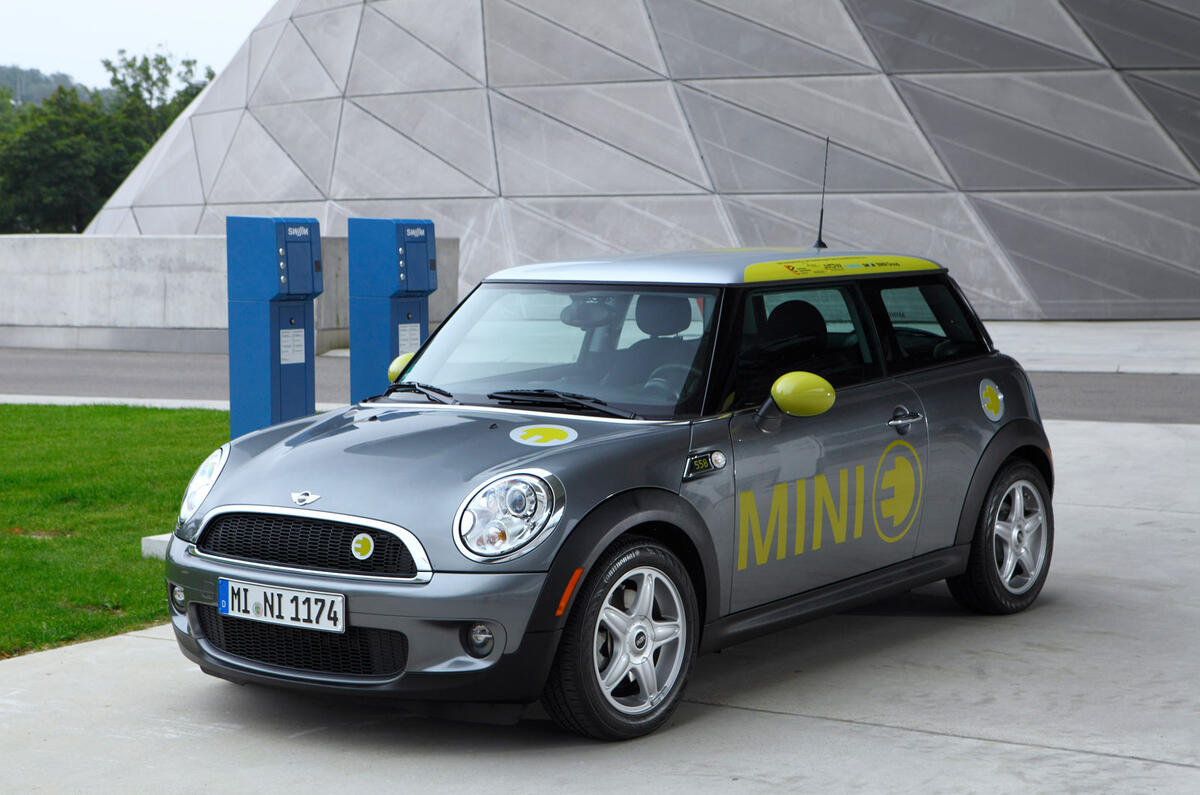

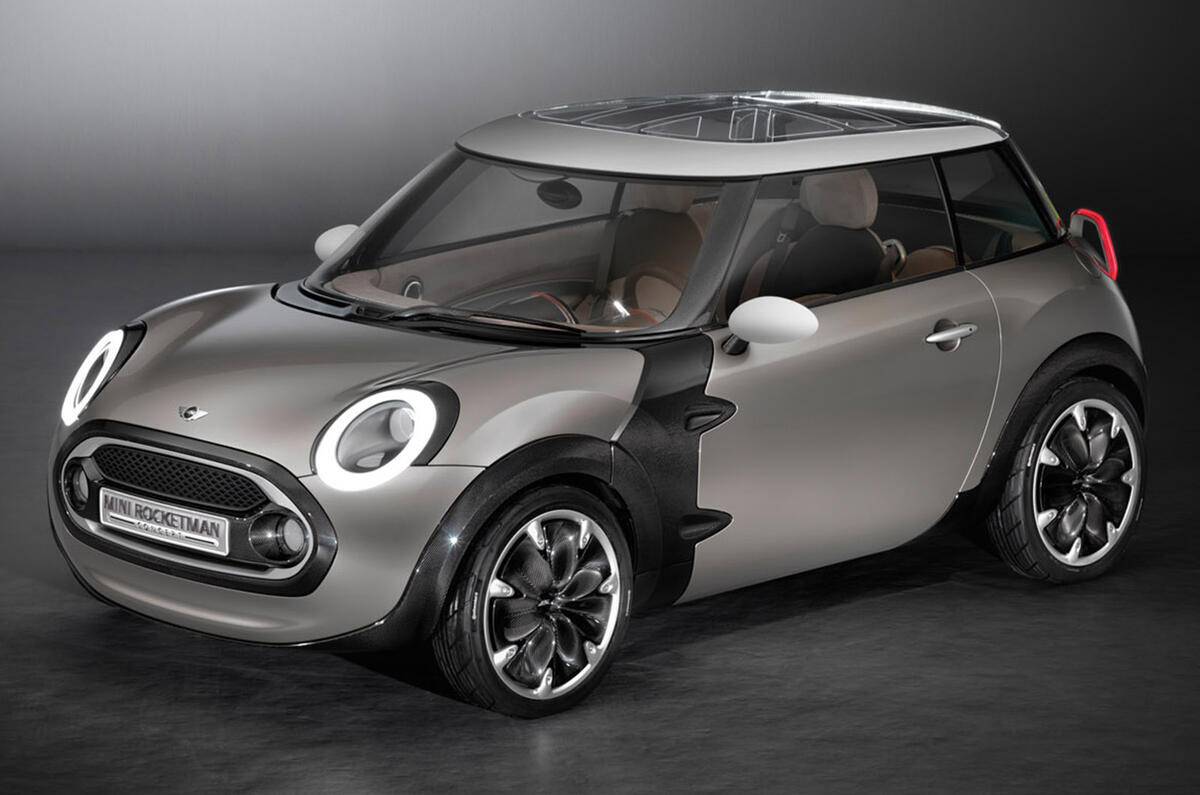
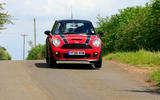
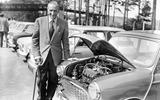
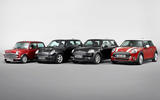
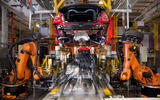
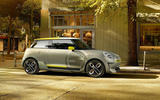

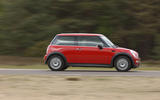

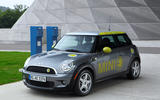
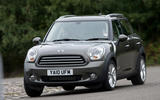


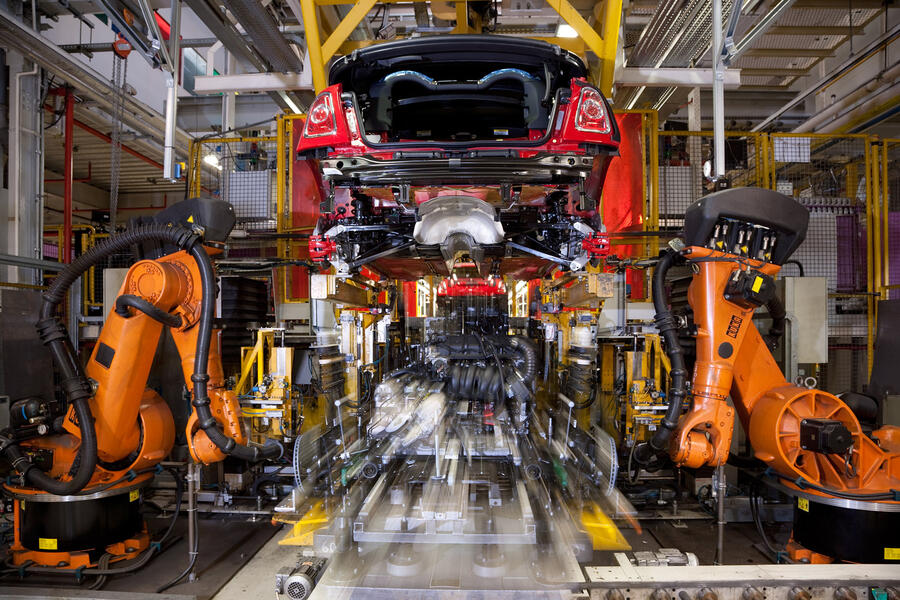
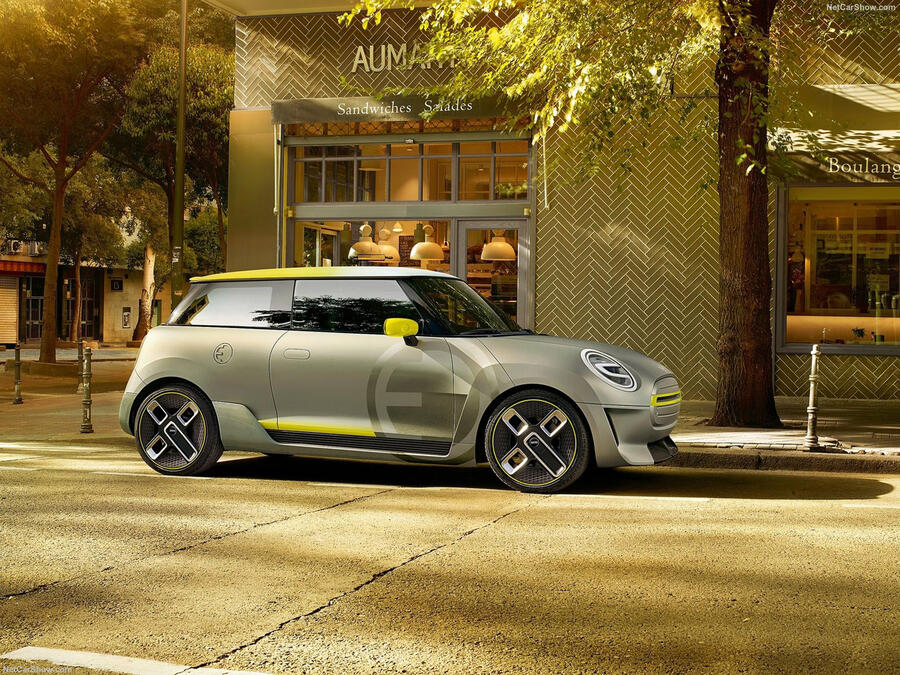
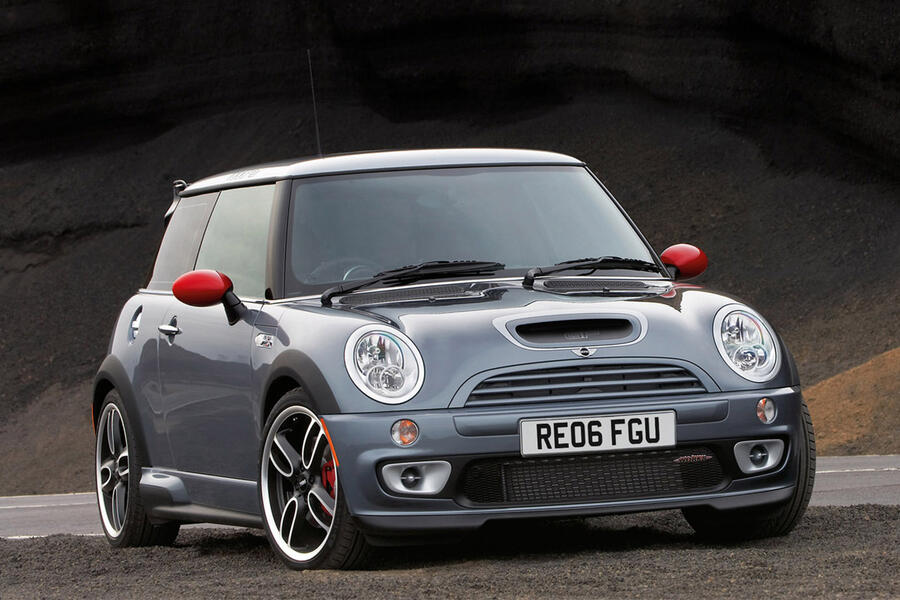
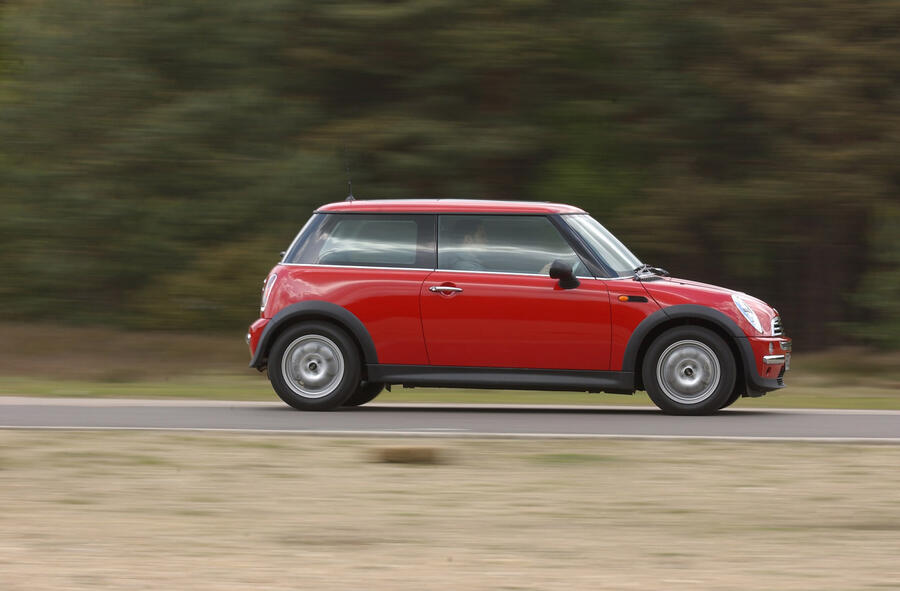
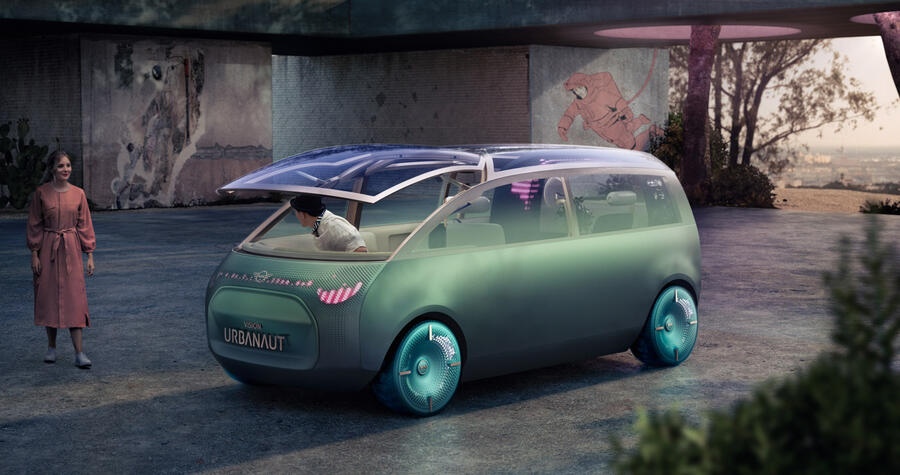
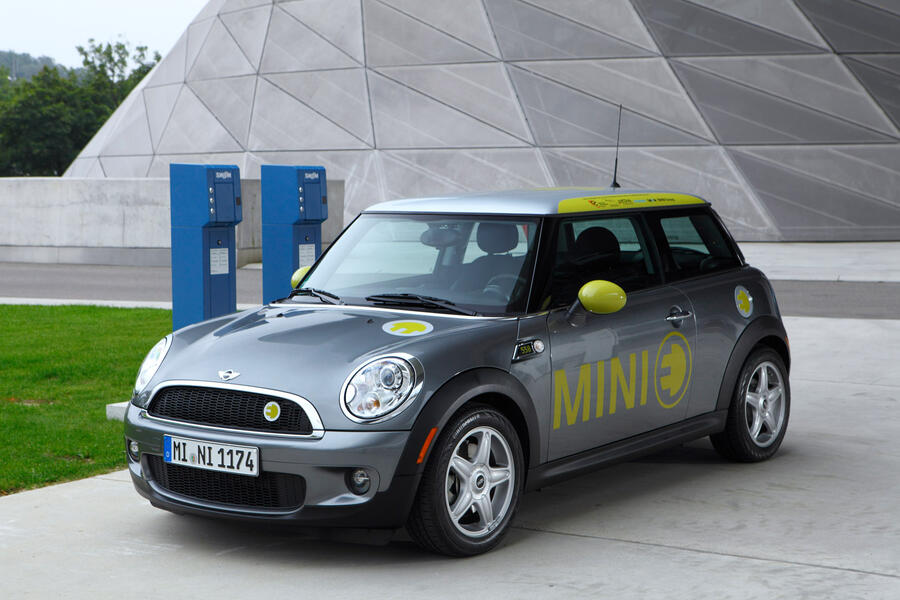
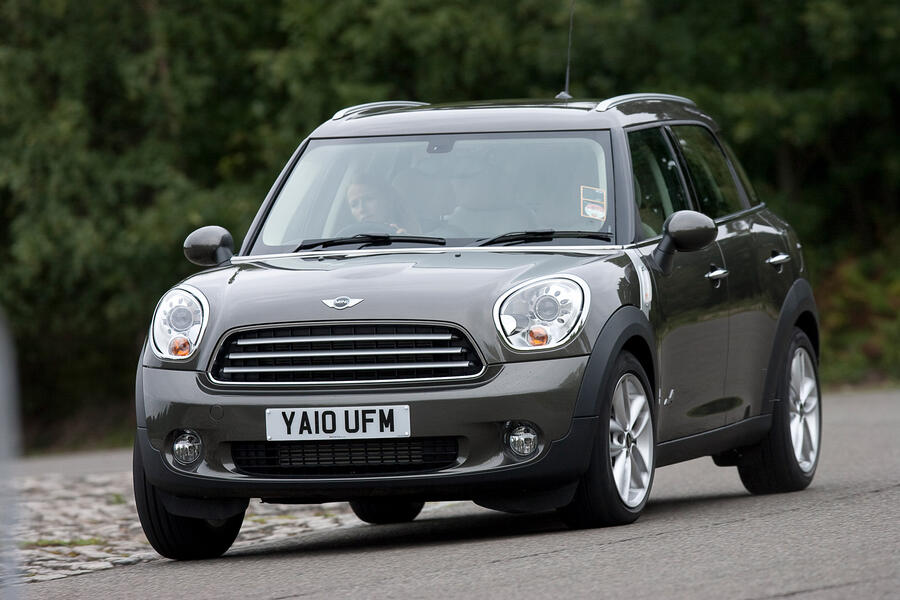
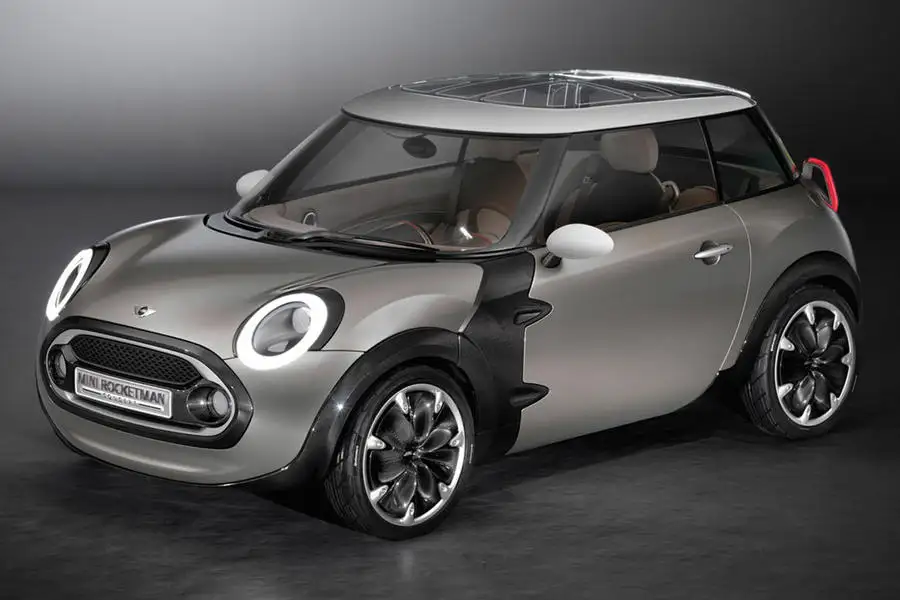

Join the debate
Add your comment
And size wise a few things made sense. If you read Frank Stephenson's book, he took an evolutionary approach as if Mini had been updated, and in a way this is correct - the Metro/100 was intended to replace the Mini, itself was meant to be replaced by the last 200-25, and it is actually shorter than that model (156in vs 143in)
Wasn't keen on the Countryman, but I surmised that perhaps we should think of MINI as a continuation of Austin, with this being like a modern day Maxi family car.
Cold, hard facts:
- The original Mini sold primarily as a niche car as in the 80s it was already a severly outdated design, while in the 90s it was a proper oldtimer. So BMW didn't exactly reposition it as a fashion accessory. Compare it with say, a 1980s Fiat Uno, that thing was a proper modern supermini.
- BMW brought quality to british car manufacturing, something that certain brands (JLR) still don't understand
- Small cars are unprofitable and MINI is quite the opposite
- For all their ingenious practicality, cars like Mk1 A-Class, Toyota IQ or Honda Jazz aren't exactly rememered as landmark classics.
So all this "it's not a proper Mini" nonsense is just whining for the sake of whining.
If we stuck to the idea of what a Mini should be in today's World, it would be smaller than a Seat Mii for instance, and as an average 21st Centrury human is bigger, heavier, your not going to sell them as a family of four car, today's Mini is much the same, but it's the right size, and so, BMW used a British icon brand car, and over the past twenty years they've sold in there thousands, who wants another car to be stopped selling here?